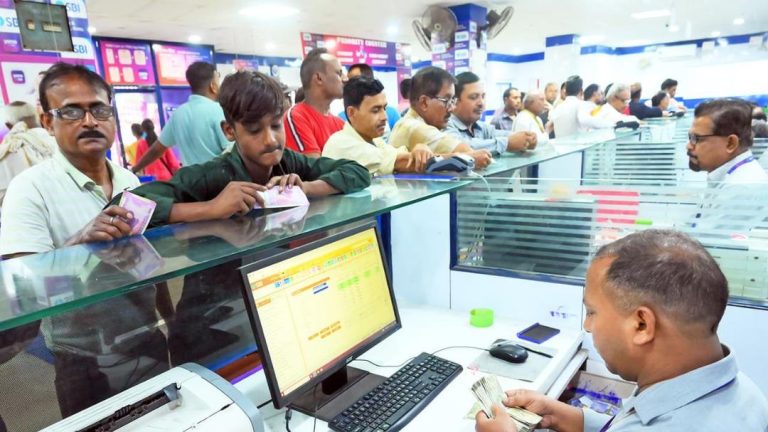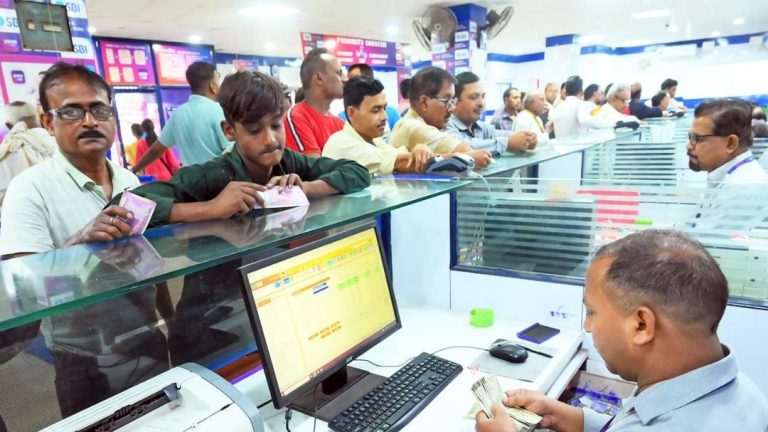
Why has the Nifty index remained flat for an entire year?
The Indian stock market has been facing a peculiar situation over the past year, with the Nifty 50 index remaining nearly unchanged despite strong earnings from major firms. The index, which has a market capitalization of over $2 trillion, has been stuck in a tight range, leaving investors perplexed. In this blog post, we’ll delve into the reasons behind this phenomenon and explore what’s holding back Indian equities.
Global Cues: A Major Concern
One of the primary reasons for the Nifty’s flat performance is the weak global cues. The Indian economy is heavily dependent on exports, and a slowdown in global growth has had a negative impact on the country’s economy. The US-China trade tensions, which have escalated in recent months, have added to the uncertainty, causing investors to turn cautious. The US Federal Reserve’s decision to cut interest rates has also failed to provide a clear direction to the markets, leading to a lack of momentum.
Tariff Threats from the US
Another major factor contributing to the Nifty’s flat performance is the threat of tariffs from the US. The US has imposed tariffs on several Indian products, including steel and aluminum, which has led to a decline in exports. This has had a ripple effect on the Indian economy, causing a slowdown in growth and a subsequent decline in investor sentiment.
Subdued Investor Sentiment
Investor sentiment has also been a major concern for the Nifty. The rupee has slipped to a five-month low, adding to the uncertainty and causing investors to become risk-averse. The decline in the rupee has led to a rise in import costs, which has had a negative impact on the country’s inflation rate. This has caused investors to become cautious, leading to a decline in trading volumes and a subsequent flat performance of the Nifty.
Earnings Season: A Missed Opportunity
Despite the strong earnings from major firms, the Nifty failed to make a significant move upwards. Many companies, including the likes of Infosys and TCS, have reported strong earnings growth, but the market has failed to respond positively. This has led to a sense of disappointment among investors, causing them to turn cautious and leading to a flat performance of the Nifty.
What’s Holding Back Indian Equities?
So, what’s holding back Indian equities? There are several factors that need to be considered. Firstly, the global cues are weak, and the US-China trade tensions are showing no signs of abating. Secondly, the rupee has slipped to a five-month low, causing uncertainty and leading to a decline in investor sentiment. Thirdly, the Nifty’s valuation is looking stretched, with the index trading at a premium to its historical average. Finally, there is a sense of uncertainty surrounding the country’s economic growth, with many experts predicting a slowdown in the coming months.
What Investors Should Do
So, what should investors do in this scenario? Firstly, they should maintain a long-term perspective and not get caught up in short-term market volatility. Secondly, they should focus on fundamentals and look for companies with strong earnings growth potential. Thirdly, they should diversify their portfolio and not put all their eggs in one basket. Finally, they should keep a close eye on the rupee and global cues, as these can have a significant impact on the Nifty’s performance.
Conclusion
In conclusion, the Nifty’s flat performance over the past year is a complex issue that is influenced by several factors. Weak global cues, tariff threats from the US, and subdued investor sentiment are all contributing to the index’s lack of momentum. However, investors should not get discouraged and should maintain a long-term perspective. By focusing on fundamentals and diversifying their portfolio, they can ride out the volatility and benefit from the Nifty’s eventual recovery.
News Source:






